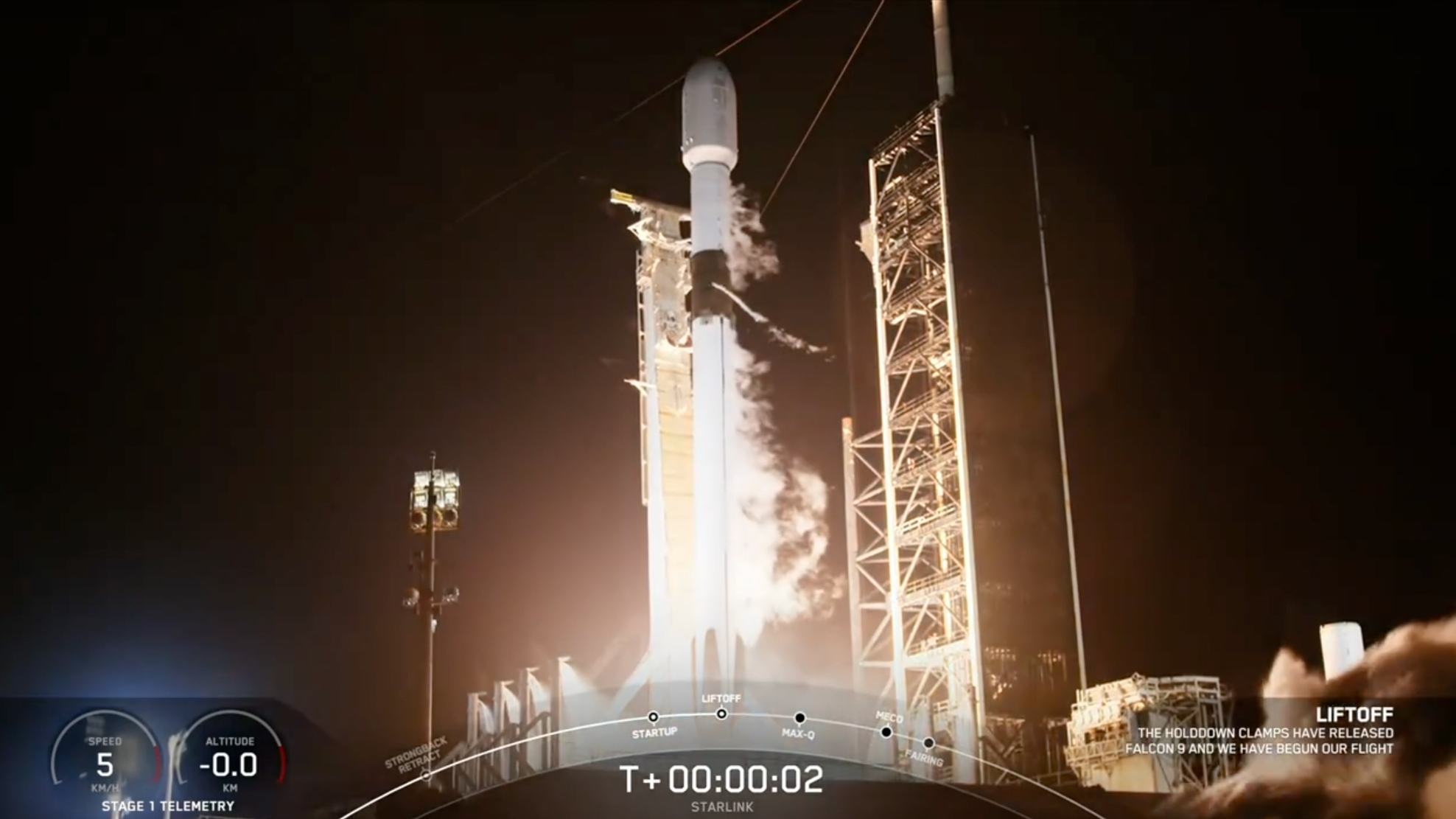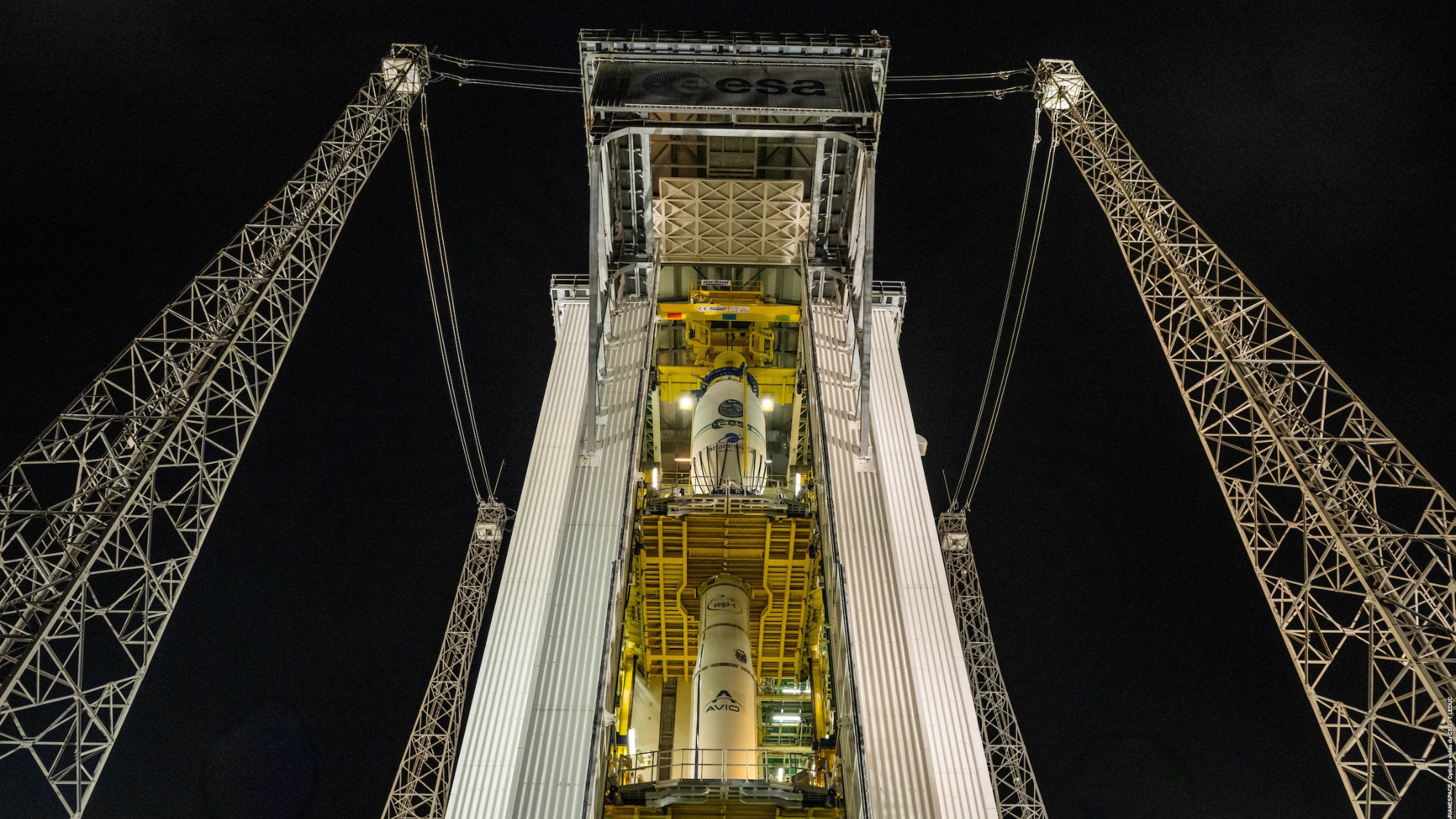Space Tourism: Marketing to the Masses
ARLINGTON, Va. -- Commuterspace travel is sure to roar to life as a big business, at least that's whatspace entrepreneurs are hoping for. In fact, people are already putting downmoney for ticketed flight on rockets that are more artwork than hardware.
Nonetheless, the dream of patrons-as-payloads on outboundspaceships seems more real than ever with the government already attempting toregulate the fledgling industry.
Firms like VirginGalactic, a space tourism venture backed by Sir Richard Branson's Virgin Group,have begun work shaping a suborbital space travel market--with an eye towardeventual orbital jaunts for a fee.
But getting personal spaceflight solidly off the ground--andkeeping it there--also takes marketing savvy. Knowing the needs, expectations,and fears of your space passenger is critical.
A number ofspecialists in space tourism rallied at the 24th International SpaceDevelopment Conference (ISDC), held here May 19-22, and sponsored by theNational Space Society.
New-to-world product
Marketing research is vital if commercial space tourismexperiences are to be designed on the basis of a sound understanding ofconsumer choice behavior, explainedGeoffrey Crouch, Professor of Marketing and Department Head of the School of Businessat La Trobe University in Melbourne, Australia.
Get the Space.com Newsletter
Breaking space news, the latest updates on rocket launches, skywatching events and more!
Crouch andhis colleagues, Timothy Devinney of the Australian Graduate School ofManagement, and Jordan Louviere at the University of Technology in Sydney,Australia are engaged in new spacetourism market research, work done as rigorously and as scientifically aspossible.
But thereare limitations, Crouch told SPACE.com."Particularly in this situation...you're dealing with an entirely new industry.It has no sort of past history, no past customer behavior to look back on andproject into the future."
Scoping outthe future of space tourism is very difficult, Crouch said, made all the moreso because it's a "new-to-world product."
Willing and wealthy folk
Crouchnoted that events of the past year have shown that commercial space tourism istechnologically feasible. But "commercial feasibility" is yet to bedemonstrated, he said, and added that this viability rests on more than theexistence of a few "willing and wealthy" folk, he said.
While thesigns are promising, commercial space tourism entrepreneurs have many marketingquestions that remain unanswered, Crouch reported. For example, what is thedemand-price relationship? And what characteristics will make a 'value formoney' experience for a space tourist?
There are ahost of variables that consumers of space travel will reach to and perceivedifferently. Among then: launch location, vehicle type, duration of weightlessness,and degree of training involved.
"Obviouslyprice is the one that people have been focusing on," Crouch said. "The safetyquestion is going to be a key factor in any person's mind as to whether theywould travel on any of these new commercial ventures."
Long and arduous path
The path tocommercial success for any product is "long and arduous," Crouch said.
For everysuccessful product, many others fail. Compared to other product categories, onemust expect that the chance of failure in space tourism will likely be muchhigher, Crouch said.
Of the20-plus private sub-orbital ventures, Crouch said, just how many of these willsucceed is uncertain. "Many ideas never get off the drawing board."
Crouchunveiled a preliminary set of suborbital findings from their research. Amongthem:
- The opportunity to float in zero-g was significantly preferred compared to being strapped in a seat
- Less extensive launch vehicle training was significantly preferred
- Highly educated individuals exhibited significantly less interest in suborbital space travel
Market research: forever and a day
"The bigproblem with suborbital is from a customer experience perspective," Crouchadvised. Pop-up travel to the fringes of space, then head for home gives acustomer five or six minutes of zero-g.
"It will bevery interesting to see the customer reaction to such a short experience,"Crouch observed. Nevertheless, there's enjoyment in preparing for the event."And a suborbital space tourist will have great party stories to tell for manyyears to come...so the experience will certainly linger for a long time."
Crouch andhis associates are ready for the long haul performing market research to flagimperatives for space tourism. "You don't do a study and everything is done.Doing market research is forever and a day. There is always that need."
Pyramid of experiences
High-profile flights intoorbit a few years ago of the well-to-do clearly spark general public interestin the array of space tourism-related programs available.
"Having a pyramid ofexperiences helps build the market all along the chain," said Eric Anderson,president and chief executive officer of Space Adventures, Ltd., based in Arlington, Virginia.
Space Adventures successfully launched private spaceexplorers to the International Space Station, strapped tight inside a RussianSoyuz TMA spacecraft roaring skyward from the Baikonur Cosmodrome in Kazakhstan.
Those "cash and carry" flights involved clients DennisTito and Mark Shuttleworth. Each shelled out $20 millionfor their orbital adventure.
"Over the next 18 months, there will be three Soyuz flights.Probably two of those will have our passengers on them," Anderson told SPACE.com.
Licensed to launch
Other offerings by Space Adventures includea variety of space training activities such as zero gravity and supersonic jetflights. They also have their eye on suborbital space treks.
The Space Adventures'suborbital program, currently in development, will consist of a four-daytraining period and a 90-minute spaceflight. The company anticipates suborbitalspaceflights to commence in the 2007-08 timeframe. The current price for theprogram is $102,000.
"I am very encouraged withthe successful flights of SpaceShipOne last year and the progression of thelegislation process in developing appropriate regulations for the industry,but, there is much more to be done," Anderson related.
In this regard, the FederalAviation Administration's Office of Commercial Space Transportation should makeobtaining a launch license for a qualified reusable launch vehicle"reasonable," Andersonsaid.
"That sword cuts bothways," Andersonadded. "Not everyone should be able to get one. We don't want people getting alaunch license and killing passengers. But people should not have to spend abillion dollars to get a license either."
Warning: hocus pocus rocketry
Warning: There is also abit of hucksterism going on.
Viewgraph visionaries areon the scene with little money, but touting a pet rocket design, Anderson confirmed. "Weare constantly contacted by somebody that has a better mouse trap, and theywant to show you how it works...but they've got no money for it."
"We need to maintain thecredibility of the industry," Andersonsaid. "If there's too much hocus pocus, then it all kind of blows away insmoke."
"Thequestion is going to be the long-term market and at what price," said RichPournelle director of business development at XCOR Aerospace of Mojave, California. The firm isdeveloping and producing safe, reliable, and reusable rocket engines and rocketpowered vehicles.
Among its projects, XCOR isworking on the Xerus, a rocket-powered suborbital vehicle. It would take offfrom a runway and attain high altitude, high speed flight. The company hasidentified three markets that their craft could service: conductingmicrogravity research experiments, launch micro-satellites into Earth orbit, aswell as flying passengers to the edge of space.
Ultimately, a passenger's ticketprice for a suborbital spree will come down after several hundred people haveflown, Pournelle said. He pointed out that in 1990 a T-1 connection to theInternet cost $1 million a year. Now the equivalent service is $19.99 a month.
"Don't think something like thatcan't happen to space transportation," Pournelle advised. If space tourism isto be successful as a business, he said, there's need to move successfulprograms to having successful products.
"The biggest thing that's going tomove markets to this industry is people making money," Pournelle concluded.
Leonard David is the Senior Space Writer with SPACE.com
Join our Space Forums to keep talking space on the latest missions, night sky and more! And if you have a news tip, correction or comment, let us know at: community@space.com.

Leonard David is an award-winning space journalist who has been reporting on space activities for more than 50 years. Currently writing as Space.com's Space Insider Columnist among his other projects, Leonard has authored numerous books on space exploration, Mars missions and more, with his latest being "Moon Rush: The New Space Race" published in 2019 by National Geographic. He also wrote "Mars: Our Future on the Red Planet" released in 2016 by National Geographic. Leonard has served as a correspondent for SpaceNews, Scientific American and Aerospace America for the AIAA. He has received many awards, including the first Ordway Award for Sustained Excellence in Spaceflight History in 2015 at the AAS Wernher von Braun Memorial Symposium. You can find out Leonard's latest project at his website and on Twitter.









